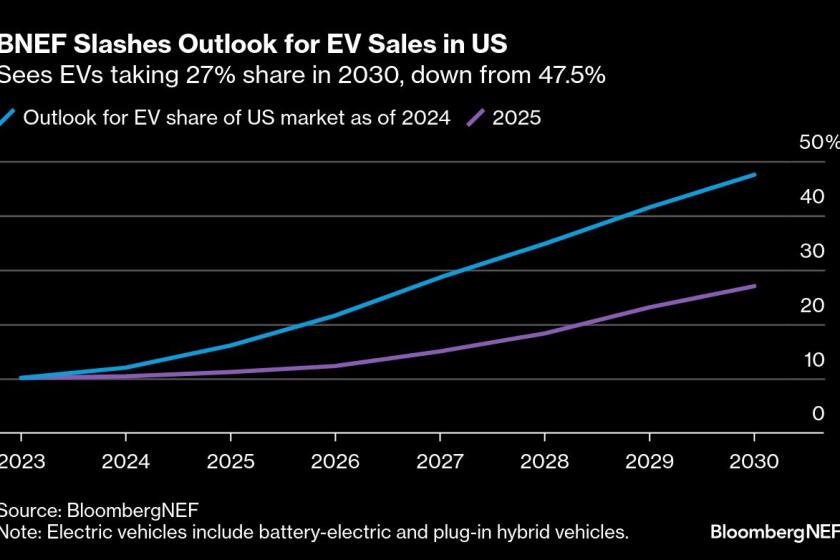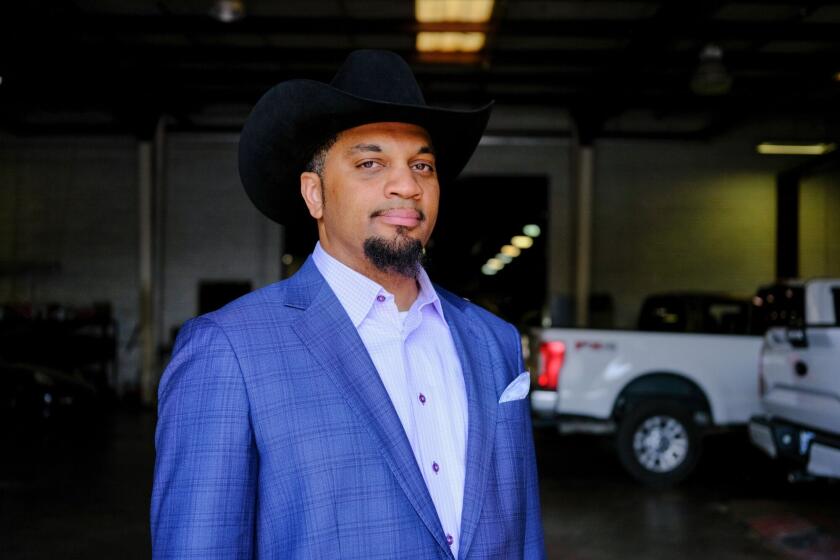Taking Another Look at Auto Mirrors
- Share via
A quick glance in the rear-view mirror is something most drivers do more than once every minute, making mirrors one of the most important safety items on a car.
In most auto parts stores, there are a variety of devices sold to enhance the performance of standard mirrors and improve side or rear vision. If these are such good products, why don’t manufacturers put them on cars in the first place?
The National Highway Traffic Safety Administration has strict rules that forbid manufacturers or service garages from installing most of the mirror-assist devices sold in auto parts stores. If the government had its way, motorists would leave mirrors alone.
But thousands of motorists buy little stick-on mirrors that have highly convex shapes and are supposed to assist in eliminating blind spots. Other products include multiple mirror systems intended to provide unobstructed rear vision.
Despite what the government says, some experts believe that automobile mirror technology isn’t up to snuff. An inventor, Raymond Kesler, petitioned the safety administration earlier this year to permit a new type of mirror to be installed as original equipment on cars. He was turned down by the agency about a month ago.
Kesler’s idea was to use a mirror with a greater convex curvature than is permitted under the rules and combine with it a reference circle imprinted on the mirror surface that would help drivers better judge distances when looking to the rear.
When a mirror has a convex shape, the reflected objects look farther away than they really are. Under federal law, convex mirrors, typically used on the right side of a passenger car, bear a warning about the visual distortion created by the mirror.
Federal law permits manufacturers to use a mirror with a so-called curvature of 36 inches to 65 inches, meaning that the curvature would form a sphere with a diameter of 36 inches to 65 inches. Kesler wanted to use a 25-inch curvature mirror, which the safety administration believes would create too much distortion.
To offset that distortion, Kesler wanted to print a ring on the mirror that would provide a reference. If a car appeared bigger than the ring, it would be too close for the driver to safely change lanes.
Increasing the curvature of the mirror, Kesler said, would allow a driver to see his own wheel well and the two adjacent lanes. Most drivers first check their mirrors and then turn their heads when changing lanes, Kesler argued to the safety administration, and his device could cut that glance duration in half.
Art Neill, chief of the crash avoidance division for rule making at the safety administration, said there is no test data to show that the ring concept would actually help motorists. In addition, the safety administration believes that the ring would not help motorists judge the closing speed of other cars. Meanwhile, automobile manufacturers are coming up with more mirror developments, including improvements to night glare reduction, Neill said. And yet, the mirror systems on most passenger cars continue have blind spots, which can a hazard if a driver does not physically turn his or her head for a check.
That is one reason, Kesler asserts, why original equipment mirrors do not provide adequate rear vision and most commercial fleets are equipped with additional mirrors that make up for that deficiency. Those devices often cut down on the mirror’s surface area, which is also set by federal standard.
It would be illegal for a garage or manufacturer to use any devices “which render inoperative the effectiveness” of a federal standard. The stick-on mirrors often do that by substantially cutting the field of view. But if the owner is the one making the change, federal law does not apply. And it is not illegal for companies to make such mirrors or sell them.
Vartabedian cannot answer mail personally but will attempt to respond in this column to automotive questions of general interest. Do not telephone. Write to Your Wheels, Times Mirror Square, Los Angeles, CA. 90053.





